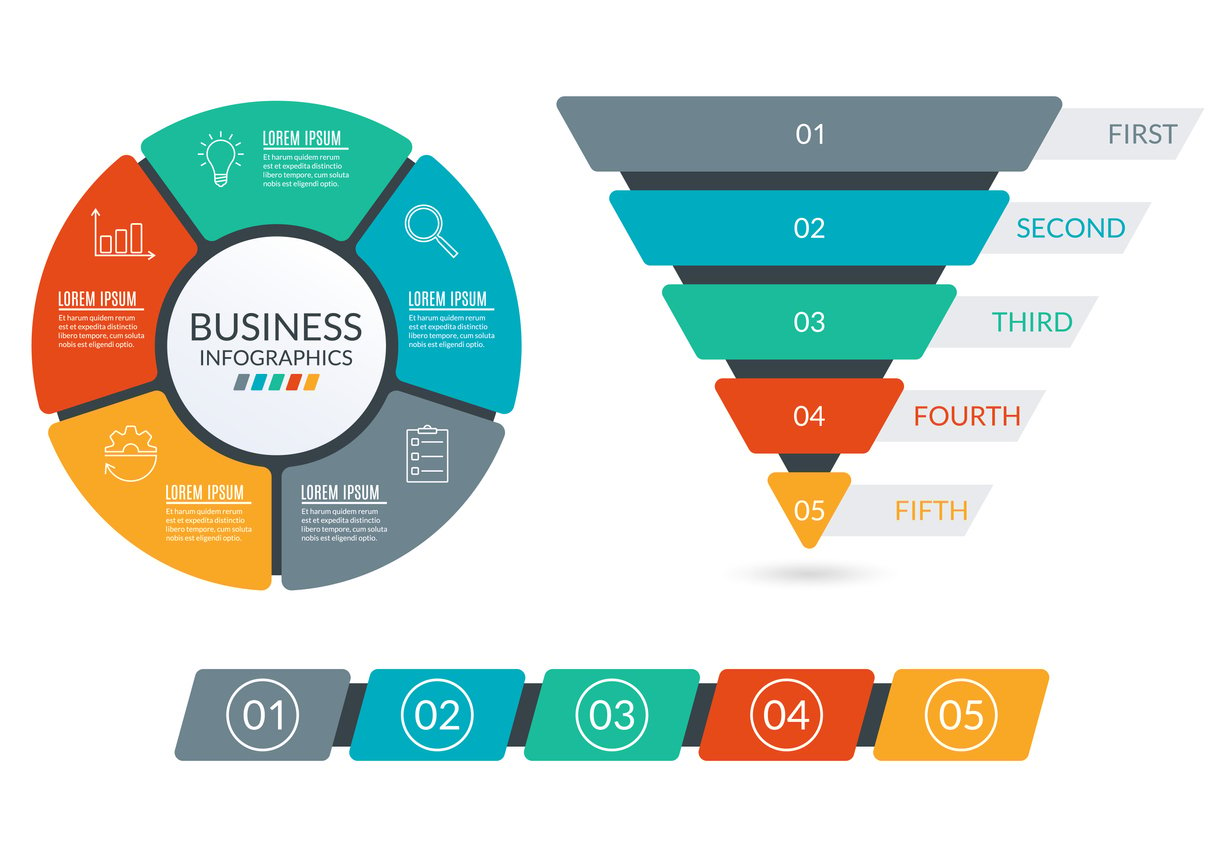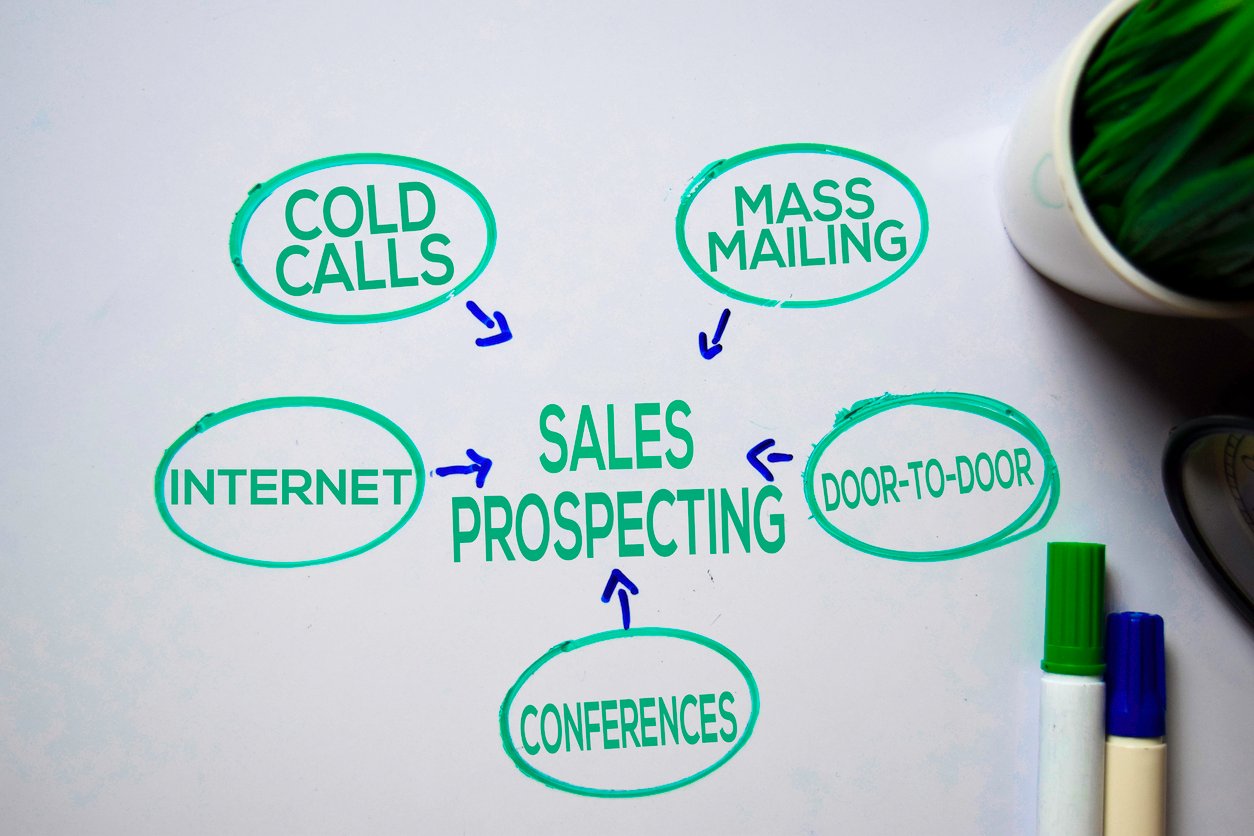
B2B Customer Acquisition Strategy: Key Approaches to Drive Growth
 Updated on
Updated on
 By Carlos Correa
By Carlos Correa
Carlos Correa
Carlos has been involved in the sales space for well over ten years. He began in the insurance space as an individual sales agent, managing teams as s...
learn more
Carlos Correa
Carlos has been involved in the sales space for well over ten years. He began in the insurance space as an individual sales agent, managing teams as s...
Table of Contents
Table of Contents
In business-to-business sales and marketing, finding and securing the right clients can sometimes feel like trying to capture a unicorn—if that unicorn matches your Ideal Customer Profile (ICP) and has the budget to procure your offering.
However, with a killer B2B customer acquisition strategy, you can transform the sales process from a never-ending scavenger hunt into a streamlined path toward revenue.
In this guide, we'll walk you through the strategies and tools you need to sharpen your B2B customer acquisition strategy and attract the kind of clients that don't just knock on your door but keep coming back.
Now, let's get into customer acquisition, B2B style!
The Importance of Understanding Your Target Audience

Here's the deal: no matter how great your product or service is, if you don't know who you're selling to, you're pretty much taking a shot in the dark.
And unless you're some kind of prodigy like the Turkish shooter Yusuf Dikec, who won silver at the Paris 2024 Olympics, it's not going to end well.
Understanding your target audience is the foundation of any successful B2B customer acquisition strategy.
In fact, customer experience statistics show that businesses that succeed in understanding their customers are more likely to generate higher-quality leads and achieve sales growth.
Remember, your customers aren't faceless entities—they're real people making real decisions. These decision-makers have specific pain points, and it's your job to know exactly what they are so you can swoop in with the perfect solution.
When you deeply understand your audience, you can:
- Create content that speaks directly to their challenges
- Personalize your messaging to resonate with their specific needs
- Develop solutions that actually solve their problems
- Build trust and credibility, making it easier to close deals
Our solution, Ringy's Customer Relationship Management (CRM) feature, can lend a hand here.
It has a system to help you organize contacts, track customer interactions, and segment your leads based on behavior. With these capabilities, it becomes easier to personalize your approach and focus on exactly what your prospects need.
How to Identify and Target the Right Business Clients
Every lead is bespoke.
You could have a thousand names on your prospect list, but if only a handful of them are a good fit for your offering, you'll be spinning your wheels. The goal is to focus your efforts on leads who are likely to convert, and that starts with identifying and targeting the right clients.
Build Buyer Personas: Get to Know Your Ideal Clients
Buyer personas are a glimpse into the client's mind. They're semi-fictional profiles that represent your ideal customers, complete with their goals, challenges, and decision-making processes.
These personas give you a clearer picture of who you're trying to attract.
The automated tasks and lead scoring features in Ringy make building these personas a breeze.
Ringy allows you to automate communications and assess how leads are engaging with your content, giving you valuable data to refine your personas and strategies.
Leverage Market Segmentation: One Size Does Not Fit All
Even within your target market, not all clients are the same.
This is where market segmentation comes in. By dividing your audience into distinct segments based on characteristics like industry, company size, or purchasing behavior, you can create a more personalized approach that resonates with each group.
For example:
- Small tech startups: You'll want to emphasize innovation, flexibility, and scalability.
- Large corporations: Focus on reliability, efficiency, and return on investment (ROI).
With Ringy, you can easily segment your leads based on various criteria such as engagement level, interaction history, and communication preferences, allowing you to fine-tune your messaging for different segments. In fact, businesses using segmented campaigns can see a 760% increase in revenue compared to those using a one-size-fits-all approach.
By taking the time to understand your audience and cater to their specific needs, you're not just another company trying to sell something—you're a solution provider who gets them.
And when you "get" them, they're much more likely to trust you with their business.
Building a B2B Customer Acquisition Funnel

At the nucleus of any successful B2B customer acquisition strategy is a well-structured customer acquisition funnel.
Think of the B2B sales funnel as a journey your prospects take—from strangers who barely know your brand to loyal clients ready to sign a long-term contract.
But moving them through this journey takes a carefully thought-out plan.
Each stage of the B2B customer acquisition funnel—Awareness, Interest, Decision, and Purchase—demands different approaches, messaging, and strategies to keep prospects moving forward.
Let's break down each funnel stage and how Ringy can help you win more clients.
|
Funnel Stage |
Prospect's Mindset |
Content & Messaging |
Effective Tactics |
How Ringy Supports |
|
Awareness |
"I have a problem, but I'm not sure what the solution is." |
|
|
|
|
Interest |
"I'm starting to research options and need more details." |
|
|
|
|
Decision |
"Which solution is best for me? I need proof before committing." |
|
|
|
|
Purchase |
"I'm ready to buy, I just need a final nudge." |
|
|
|
If you want to close deals faster and ensure that nothing slips through the cracks, sales software like Ringy can help you upgrade your selling process. You can set automated reminders for follow-ups, schedule calls, and even send contracts directly through the platform, streamlining the entire process.
Leveraging Inbound Marketing for B2B Customer Acquisition

Not exactly.
However, traditional outbound marketing methods have fallen by the wayside because, frankly, no one likes being interrupted.
Inbound marketing, on the other hand, is like a magnet that attracts leads to you by offering them valuable, relevant content. It's less about shouting into the void and more about being there when your prospects are ready to listen.
This "pull marketing" plays a key role in your B2B customer acquisition strategy because it focuses on attracting leads who are already interested in what you're offering, which makes them more likely to convert.
But how do you do this?
Here are four inbound methodologies to add to your B2B customer acquisition strategy:
- SEO: Optimizing your website and content for search engines ensures that your business shows up when prospects search for solutions to their problems. If you own a SaaS company that helps organizations manage their accounting, using keywords like "business accounting software" or "accounting services" can help attract more qualified leads.
- Content marketing: Creating blog posts, case studies, and whitepapers that speak directly to your prospect's pain points builds credibility. HubSpot reports that companies that blog generate 67% more leads than those that don't.
- Webinars: Hosting webinars is a powerful way to educate your audience while positioning your brand as a thought leader in your industry.
- Thought leadership: Publishing thought leadership content like industry reports or expert insights helps build trust and authority. In fact, according to Edelman, 75% of decision-makers say thought leadership content has directly led them to do.
One of the biggest advantages of inbound marketing is that it can significantly reduce B2B customer acquisition costs.
Traditional outbound marketing efforts (cold calls, direct mail, etc.) can be expensive and often lead to lower-quality leads. In contrast, inbound marketing focuses on attracting prospects who are already interested in what you have to offer, leading to higher-quality leads and deals that are more likely to convert.
According to the Content Marketing Institute, content marketing costs 62% less than traditional marketing and generates about three times as many leads.
Aligning Sales and Marketing Teams for a Cohesive Acquisition Strategy

Let's be honest: sales and marketing often behave like siblings who can't stand each other but still share a room. They're supposed to be working toward the same goal—bringing in customers—but all too often, they're misaligned, communication breaks down, goals get muddled, and golden opportunities slip away.
But here's the good news: when you get these two departments on the same page, magic happens.
Let's talk about it.
Why Is Aligning Sales and Marketing Important?
Imagine you're at a relay race, but the baton pass between runners is chaotic.
It's a mess, right?
That's what happens when your sales and marketing teams operate in silos.
Your marketing team generates a ton of leads and then hands them off to sales—who may or may not know what to do with them. It's a recipe for disaster.
When your sales and marketing teams are aligned, they create a seamless experience for your prospects. They work as one unit, pushing toward the same goal: converting leads into loyal customers.
This way, both teams:
- Speak the same language
- Use the same metrics
- Collaborate in ways that make your entire customer acquisition and B2B sales strategy run like a well-oiled machines
And the stats back this up. According to research, companies that align their sales and marketing are 67% better at closing deals.
Yep, you read that right. Simply aligning these teams could double your revenue.
That's no small thing.
Strategies for Aligning Sales and Marketing Teams
Now that we've established the why, let's dive into the how.
Aligning your sales and marketing teams doesn't just happen overnight. It requires intentional planning, a few strategic tweaks, and—of course—a commitment to ongoing collaboration.
But trust us, it's worth it.
Here are some key strategies to help your teams work together like a dream.
Set Joint Goals
Here's where most businesses go wrong: they set separate goals for sales and marketing.
Sales is focused on closing deals, while marketing is busy driving traffic and generating leads. It's no wonder they don't always see eye-to-eye.
The fix?
Set joint goals that both teams are responsible for achieving. These B2B client acquisition goals should focus on the metrics that matter most to your business, like lead quality, conversion rates, and customer lifetime value (CLV).
Here's how it works: instead of marketing being held accountable for traffic and sales for closing deals, both teams are accountable for the number of leads that convert into paying customers. This encourages collaboration because they're both working toward the same outcome.
Key joint goals to consider include:
- Lead Quality: Rather than just focusing on the number of leads, measure their quality. Are they the right fit for your product? Are they likely to convert?
- Conversion Rates: Both teams should focus on moving prospects down the funnel, ensuring they don't get stuck at any stage.
- Customer Lifetime Value: Measure not just the immediate sale but the potential for long-term business.
Using marketing automation and sales CRM software like Ringy makes it easier to set and track these shared goals. With Ringy's sales pipeline visibility, both teams can see where each prospect is in the funnel and adjust their strategies accordingly.
Use Technology to Bridge the Gap
Technology is a fantastic unifier, especially in your B2B customer acquisition strategy.
One of the easiest ways to align your sales and marketing teams is by using tools that help both sides collaborate. A solid B2B CRM tool, like Ringy, ensures that both teams have full visibility into the sales pipeline. This means marketing can see which leads are moving forward, and sales can see which campaigns are driving the most engagement.
Ringy also automates a lot of the nitty-gritty stuff, like follow-ups and lead scoring. It's like having a personal assistant who works around the clock to make sure no lead is left behind.
Hold Regular Meetings
Here's an old-school idea: talk to each other!
One of the simplest (and most effective) ways to align your sales and marketing teams is by holding regular meetings. These meetings don't need to be long or complicated; the key is to have both teams in the same room (or Zoom call) discussing the same goals.
During these meetings, you can:
- Review lead quality
- Talk about upcoming campaigns
- Share feedback
Sales can tell marketing what objections they're hearing from prospects, and marketing can share insights into which pieces of content are resonating with leads.
This ongoing communication ensures that both teams are aligned and working toward the same goals. It also creates a culture of collaboration, which makes it easier to adjust strategies as needed.
Elevate Your B2B Customer Acquisition Strategy Now!
The stats don't lie: companies with aligned teams see better lead quality, higher conversion rates, and more revenue growth.
But….
It's not just about making your teams play nice; it's about creating a cohesive B2B customer acquisition strategy that drives real business results.
With the right plan and tools, you'll be well on your way to landing new business clients and creating long-term relationships that drive your company's success.
Request a demo to learn how Ringy can optimize your approach and start converting more leads today! Our acquisition client B2B solutions are designed to streamline your efforts and boost your results.

Skyrocket your sales with the CRM that does it all.
Calling? Check. SMS? Check. Automation and AI? Check. Effortlessly keep in touch with your customers and boost your revenue without limits.

Take your sales to new heights with Ringy.
Sales in a slump? Ringy gives you the tools and flexibility you need to capture leads, engage with them, and turn them into customers.
Subscribe to Our Blog
Enter your email to get the latest updates sent straight to your inbox!
Categories
Related Articles




































































































